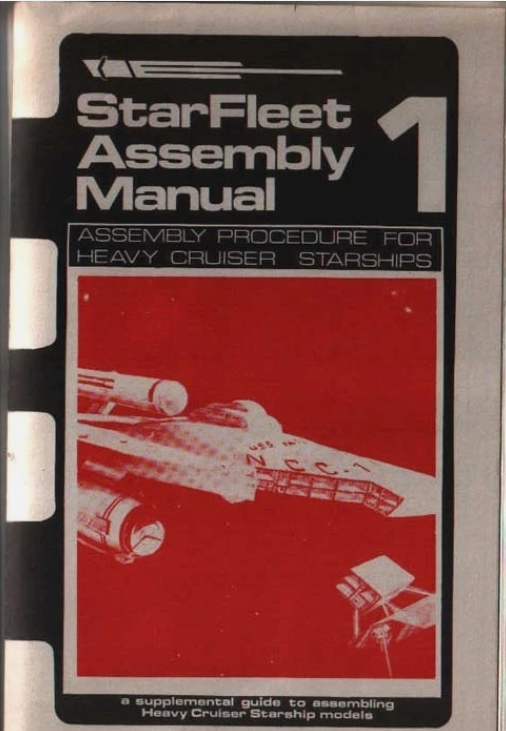Interesting comparison, but a big difference is that the TARDIS exterior is just that: an exterior. Most of the time we don't see anything inside it as people enter and exit.
The modern version of the TARDIS prop includes a flat backdrop of the interior that's often seen through the doors -- at least when they don't greenscreen in a shot of the interior set.
But I don't see how it makes a difference. The turbolift walls are just walls. The only difference is that you see the TARDIS walls from the outside and the turbolift walls from the inside. But they're still thin pieces of wood that would not be difficult to take apart and carry around. Stagehands carry bigger, more cumbersome things all the time.
Another consideration is the electrical components; I doubt they wanted all those banged around for three seasons. So I assume that for the corridor complex, there was a base cylindrical frame on casters (probably the kind that lock up and down), with a few wild panels that could slot into and out of it. This would have allowed for quick (and smooth) movement, while protecting the wires, switches, and lights -- plus whatever mechanism slid the lights up and across -- from getting jarred around.
Okay, that's a fair point. But the bridge sections had backlit screens in their upper portions, and we know those portions could be separated from the lower console portions.
And really, the only electrics that would be in the turbolift would be the lights in the handles and intercom. As you suggest, the floor indicator light was probably some kind of sweeping lighting effect shining from behind, and the wall piece had nothing but a translucent panel in it.
Still, you could be absolutely right. It technically could have been done either way, probably. I guess I just have a hard time imagining that the budget impact of wear & tear plus union labor to move the thing back and forth from the bridge in most episodes would have been better than simply building a second one.
As I said, it would've had to be moved routinely anyway, because any interior camera angle toward the rear of the lift could not be shot through the doors. They'd only put it behind the doors when they were shooting it from the bridge or the corridor. If it was an interior turbolift scene, the lift would presumably be free-standing where the camera could easily look into it.
And what wear and tear? Just carrying things around that are designed to be carried around doesn't do much damage. I mean, every part of the bridge was wild and moved around routinely. The helm/nav console frequently got moved aside to make room for the camera, and sometimes the captain's chair and helm/nav console were rotated relative to the side stations because it was easier than moving the camera and lights to get a new setup. And think about how they had only one crew-quarters set that they had to redress to represent different quarters, moving around the furniture and wall decorations and sometimes reconfiguring the walls. It is part of the intrinsic nature of sets that they can be taken apart and moved around. They're designed for it. Any wear and tear they sustain can just be painted over.




